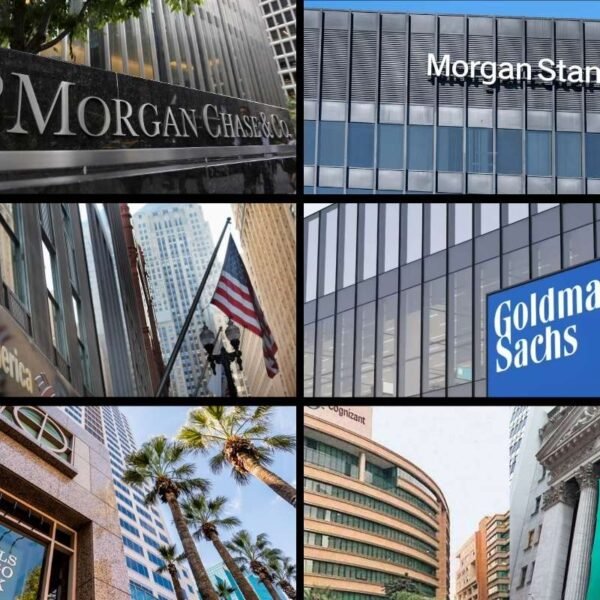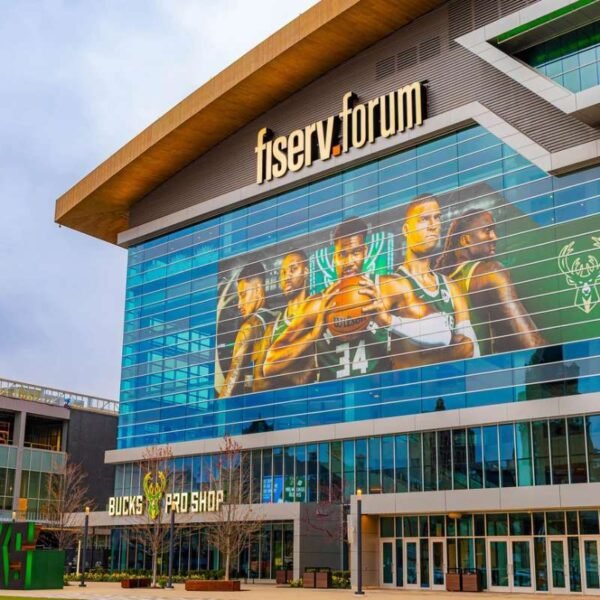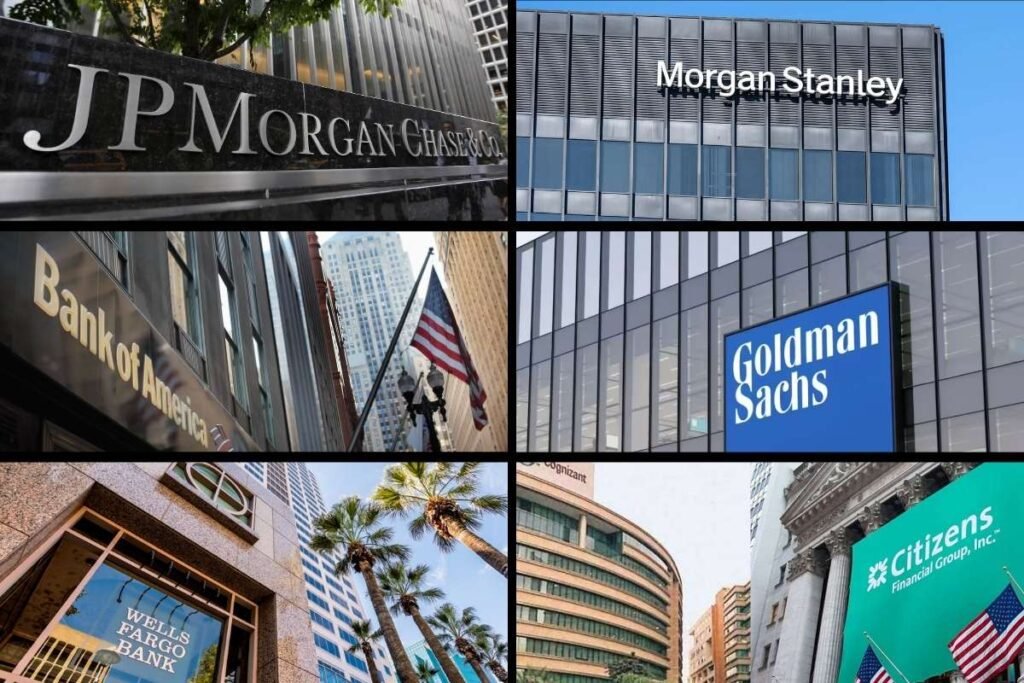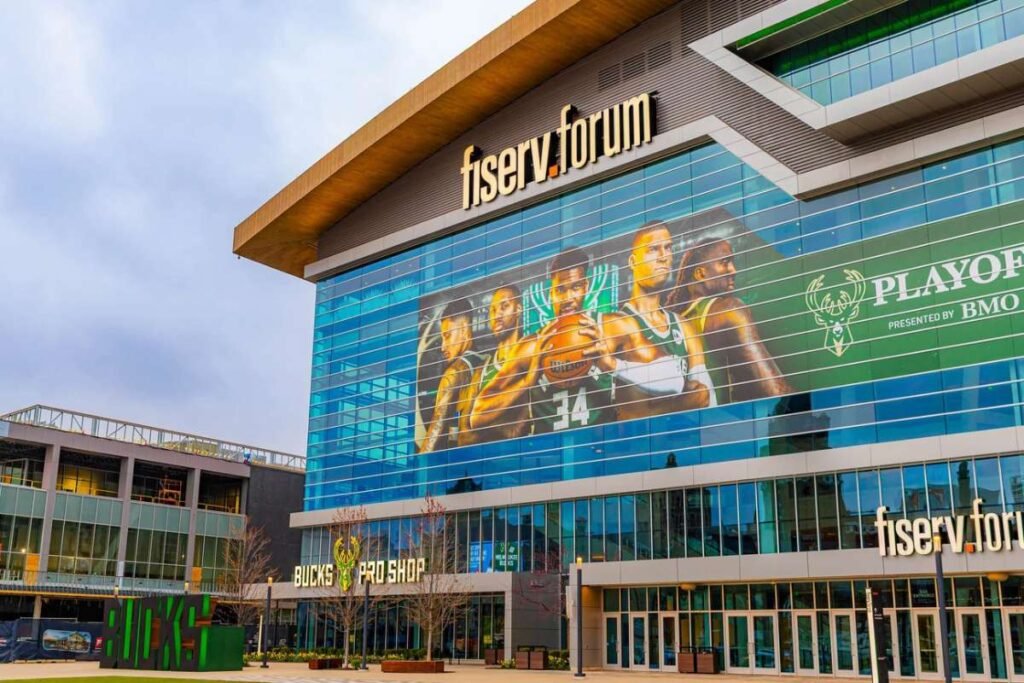The retail industry is experiencing a revolutionary change, influenced by changing consumer habits, technological innovations, and international market forces. Trends in the retail industry are revolutionizing the way businesses operate and interact with customers. From customized shopping experiences to sustainability initiatives and AI-based strategies, retailers need to keep pace with changes to stay competitive.
This piece examines the most significant trends in the retail industry influencing the future of trade in 2025 and beyond.
1. Omnichannel Retailing Becomes the Norm
One of the strongest trends in the retail industry is the emergence of omnichannel strategies. Today’s consumers want smooth shopping experiences across platforms—online, in-store, or via mobile apps. Retailers are combining these channels to provide single-service, customized offers, and consistent customer interactions.
For instance, a shopper may browse products through a mobile app, make the purchase online, and collect the product in-store—all while being updated in real-time and offered personalized suggestions. Companies investing in integrated tech stacks, customer data platforms, and inventory sync tools are enjoying the fruits of this trend.
2. Personalization Powered by Data and AI
Data is the new retail currency. Retailers today are leveraging artificial intelligence and machine learning to analyze customer data and create hyper-personalized shopping experiences. From tailored email campaigns to product suggestions based on browsing history, personalization is becoming a crucial differentiator.
AI-driven chatbots, virtual assistants, and recommendation engines are helping retailers increase conversion rates while enhancing customer satisfaction. This level of personalization is no longer a luxury but a necessity in today’s competitive retail environment.
3. Rise of Experiential Retail
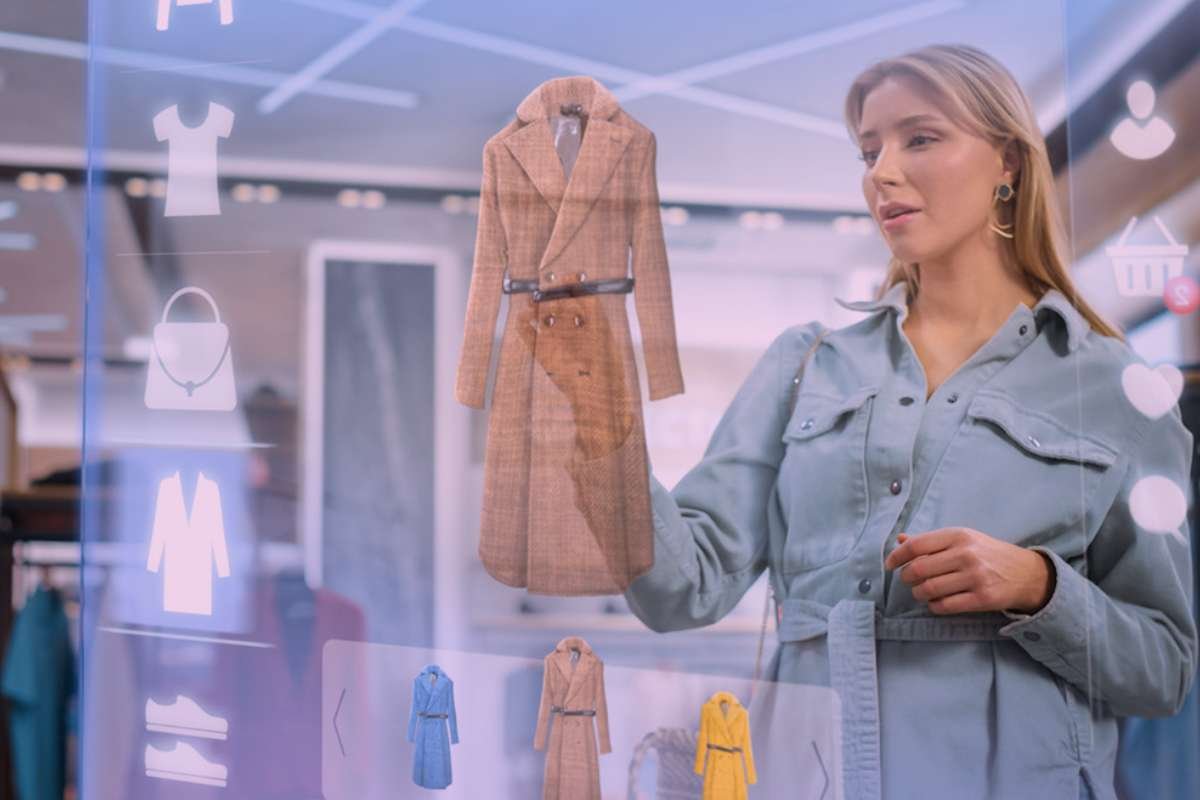
In the age of digital convenience, brick-and-mortar stores are no longer just places to buy products—they’re becoming experience centres. Experiential retail is one of the emerging trends in the retail industry, aimed at transforming physical spaces into interactive, engaging environments that deepen brand connection.
Leading retailers like Nike and Apple have redesigned their stores to include immersive experiences such as augmented reality, product customization zones, and in-store events. These initiatives are designed to create emotional connections with customers, turning shopping into a memorable activity rather than a transactional task.
4. Growth of Social Commerce
The intersection of social media and e-commerce is creating powerful new channels for retail growth. Social commerce—where purchases happen directly through platforms like Instagram, TikTok, and Facebook—is revolutionizing consumer engagement. This trend is particularly influential among Gen Z and millennial shoppers who spend a significant portion of their time on social platforms.
Retailers are using influencer marketing, live-stream shopping, and shoppable posts to convert engagement into sales. This direct-to-consumer (DTC) approach removes friction from the buying process, enabling impulse purchases with just a few taps.
5. Sustainability and Ethical Retail
Sustainability is no longer a buzzword; it’s a business imperative. Among the leading trends in the retail industry is the shift toward ethical sourcing, transparent supply chains, and environmentally conscious products. Consumers are actively seeking out brands that align with their values, pushing retailers to adopt greener practices.
From reducing plastic packaging to offering carbon-neutral delivery options and promoting resale or recycling programs, retailers are finding innovative ways to reduce their environmental footprint. Brands that are transparent about their sustainability efforts are earning consumer trust and long-term loyalty.
6. Automation and Smart Supply Chains
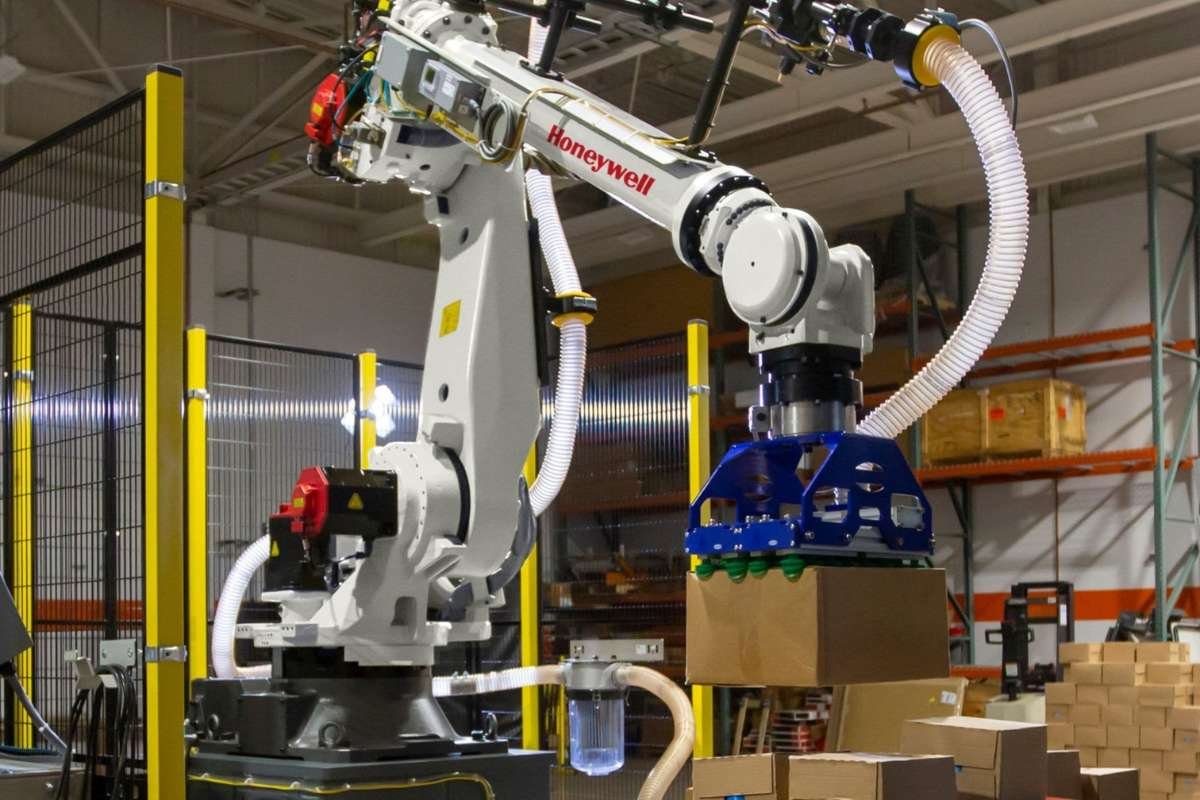
As global supply chains become more complex, retailers are investing in automation and smart logistics solutions to increase efficiency and reduce costs. Robotics, predictive analytics, and IoT (Internet of Things) technologies are being used to optimize inventory management, forecast demand, and streamline fulfilment processes.
Automated warehouses, drone deliveries, and AI-powered demand planning are helping businesses respond quickly to changing consumer needs and market fluctuations. These innovations not only improve operational efficiency but also enhance the customer experience by ensuring faster, more accurate deliveries.
7. Subscription Models and Memberships
Subscription-based retail models are gaining traction across various categories, from fashion and beauty to groceries and pet supplies. These models offer convenience, predictability, and often a sense of exclusivity—three elements that resonate strongly with modern consumers.
Retailers like Amazon (with Prime), Sephora, and HelloFresh have built thriving ecosystems around memberships and subscriptions. These offerings foster customer loyalty while providing a steady revenue stream, making them an attractive option for brands looking to build long-term relationships with their audience.
8. Virtual and Augmented Reality Shopping
Virtual reality (VR) and augmented reality (AR) are playing an increasingly significant role in the retail experience. From trying on clothes virtually to visualizing furniture in your home before purchasing, these technologies help bridge the gap between online and in-person shopping.
Retailers are investing in AR-powered apps and virtual fitting rooms to enhance customer confidence in their purchases. This innovation not only reduces return rates but also elevates the overall shopping journey, offering a futuristic twist that captures consumer interest.
9. Buy Now, Pay Later (BNPL) Expands

The popularity of Buy Now, Pay Later services has surged, especially among younger shoppers seeking flexible payment options. BNPL solutions like Klarna, Afterpay, and Affirm allow customers to split purchases into manageable instalments without traditional credit checks.
This payment trend is helping retailers boost cart values and reduce checkout abandonment. However, businesses need to partner with reliable BNPL providers and educate consumers about responsible spending habits to avoid potential backlash or financial strain.
10. Hyperlocal Retail and Community Engagement
As consumers increasingly value connection and community, retailers are localizing their efforts to cater to regional tastes, cultural nuances, and neighbourhood-specific preferences. Hyperlocal retail is not just about proximity; it’s about relevance.
Brands are setting up smaller, community-focused stores and investing in local partnerships, events, and charity initiatives. By embedding themselves within the fabric of local communities, retailers can foster deeper brand loyalty and stand out in a crowded marketplace.
Conclusion
The retail sector is going through a deep transformation influenced by technology, sustainability, and changing consumer behavior. Those companies that remain sensitive to the current trends in the retail industry sector and implement a futuristic approach are most likely to survive in this ever-changing environment.
From bespoke shopping experiences to sustainable sourcing and experiential in-store environments, the retail future is being defined by innovation and flexibility. Retailers not only need to react to today’s needs but also predict tomorrow’s changes—investing strategically today to remain relevant tomorrow.
Keeping pace with trends in the retail industry trends is no longer a choice. It’s the difference between leading brands and trailing brands.




